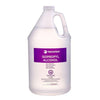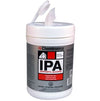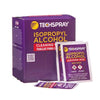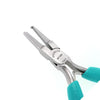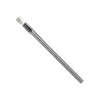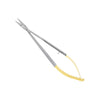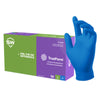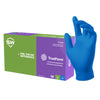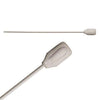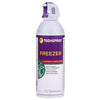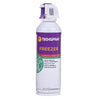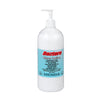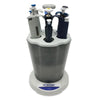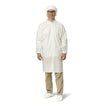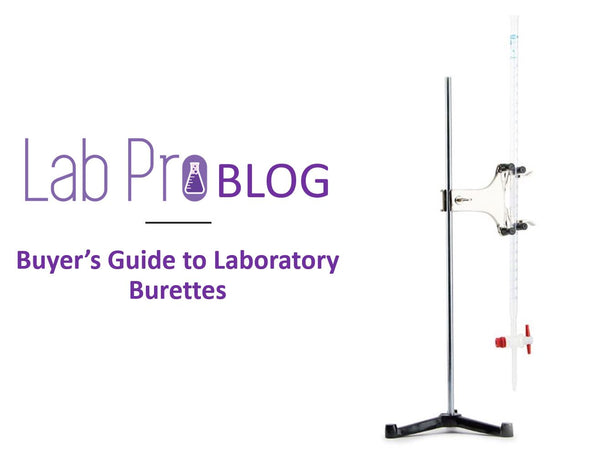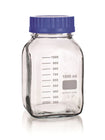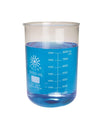- No products in the cart.
Buyer’s Guide to Laboratory Burettes
Jan
17
2022
Precision and accuracy are two critical components for lab testing and analysis, especially for measurements. Without these components, you wouldn’t be able to make sound conclusions regarding the procedure being performed.
With measurements, there is always an actual value you are trying to obtain, and when dispensing, there is a target value that you are trying to reach. Accuracy is how close a measurement is to the actual value, and precision is how close those measurements are to each other.
There are specific lab instruments to aid in ensuring the accuracy and preciseness of particular measurements. One of these instruments is known as a burette. A burette (buret) is an essential lab instrument.

What is a Burette?
A burette is a measuring tool; usually, a glass instrument that is used to measure the volume of a solution. The volumetric glassware is cylindrical in shape with the calibrations printed on the side. There is a valve at the bottom of the burette called a stopcock. This controls the flow of the content from the vessel. This volumetric glassware comes in various sizes, usually ranging from 10 ml to 100 ml.
Why Would You Use a Burette?
A burette is one of the most accurate glassware instruments for measuring volumes. This is because the stopcock on a burette makes it easier to manage the flow and disbursement of a substance. It also measures the precise amount that is being delivered. You can control the flow of the solution by slightly turning the stopcock. With a burette, it’s easier to get close to the endpoint without exceeding it. A burette also has a smaller meniscus which also makes it more accurate.
How Do You Read a Burette?
There are certain things to keep in mind when reading a burette. The burette is ready to be read after it is rinsed, conditioned, and filled with the solution without any air bubbles or leaks. Use a burette reading card with a black rectangle to make the reading easier. This card will ensure a more accurate volume reading. The meniscus should be at eye level, and the reading should be taken at the bottom of the meniscus.
How to Properly Use a Buret in Titration?
Titration is a lab method to determine the concentration of a substance. The purpose of titration is to find the concentration of an unknown substance. This is done by adding a solution of a known concentration. A burette is used to perform this analysis.
In a titration, you have the titrant and the analyte. The titrant is the solution in the burette with the known concentration. The analyte is the solution being measured and is of unknown concentration.
The titrant in the burette is added to the analyte until an endpoint is reached or the reaction is complete. The endpoint signifies a physical change in the solution. This physical change means that the titration is complete and that there’s no need to add any more titrant to the analyte. An indicator such as a change in color is used to signal the endpoint or the end of the reaction.
Here are the steps of how to use a burette in titration:
- Rinse the burette with lab water and with the titrating solution.
- Make sure there are no air bubbles in the burette tip.
- Fill the burette with the solution above the 0.00 mark.
- Attach the burette to its stand using the clamp.
- Place waste beaker under the burette tip.
- Turn the stopcock to release the solution into the waste beaker to at least reach the 0.00 line.
- Record the initial measurement of 0.00 or above.
- Fill the flask with the analyte solution.
- Add indicator for visibility of results.
- Place flask under the burette tip.
- Turn the stopcock to release the titrant solution into the flask.
- Control the flow using the stopcock.
- Look for changes in color in the analyte solution.
- Swirl the solution in the flask for even distribution.
- Watch for bursts of color in the flask to last for more than a few seconds.
- Slow down the release of the titrant into the flask.
- Titration is complete when the analyte solution reaches a uniform color.
Burettes are essential instruments used for quantitative analysis in industrial chemical tests to ensure precision and accuracy. Precision and accuracy are the only way to get reliable results.
Lab Pro offers a large variety of burettes and laboratory supplies. For over 40 years, Lab Pro Inc. has been committed to delivering the highest quality chemicals, tweezers, and hard-wire cutters, lab supplies, and cleanroom PPE apparel to medical device and electronic manufacturing companies and laboratories worldwide. To learn more, visit the biggest Lab Supply showroom in California, or contact us online at 888-452-2776.







